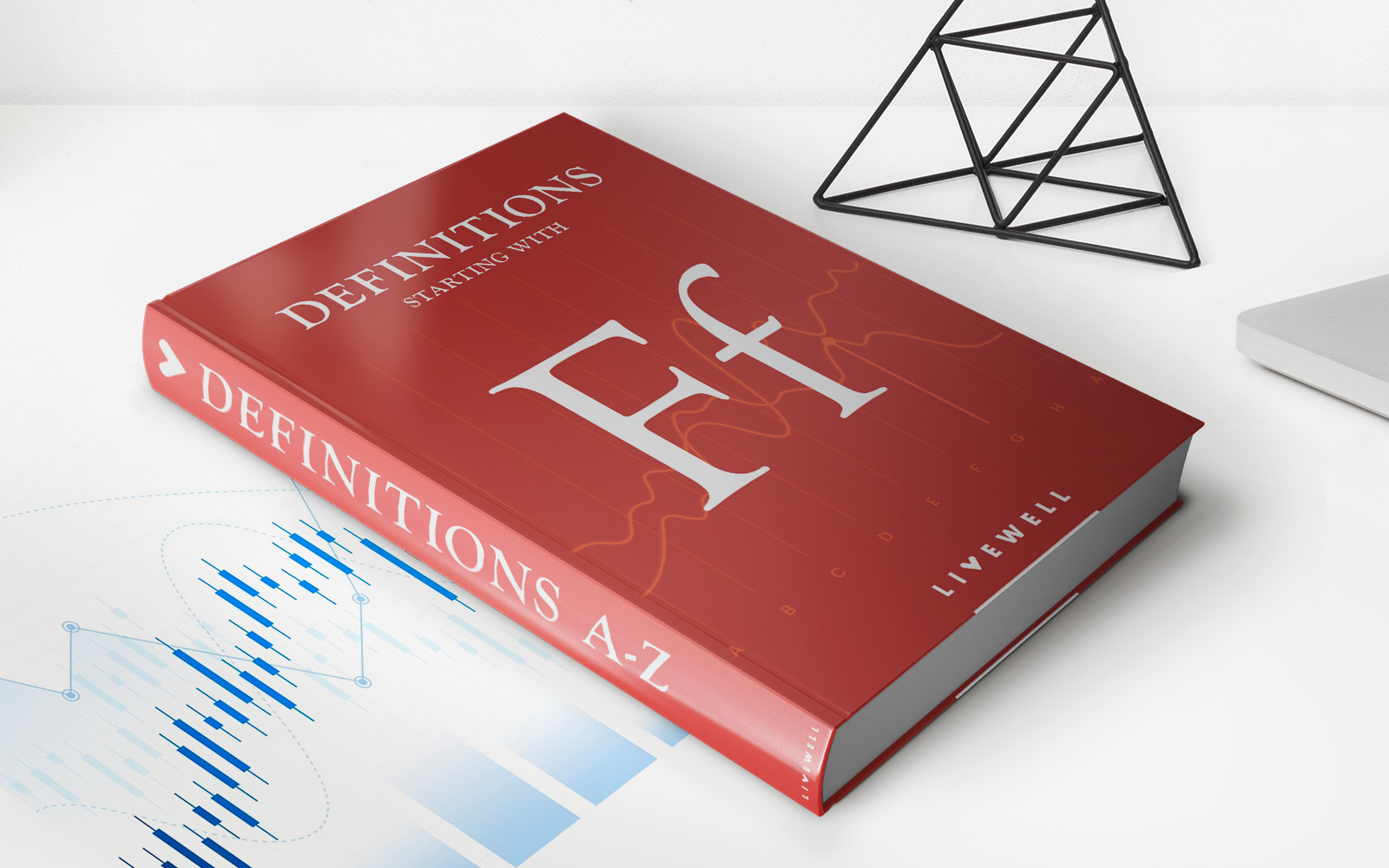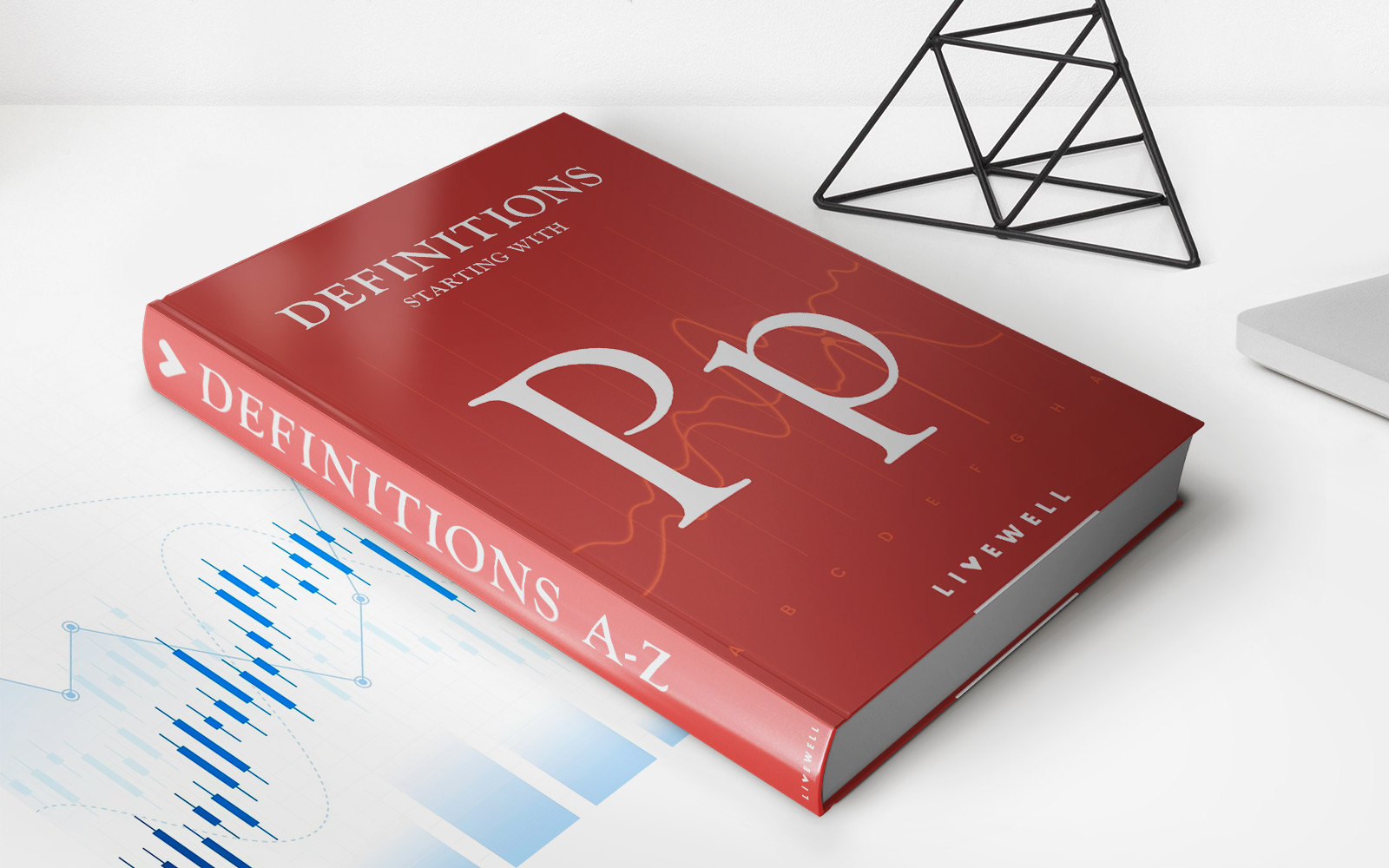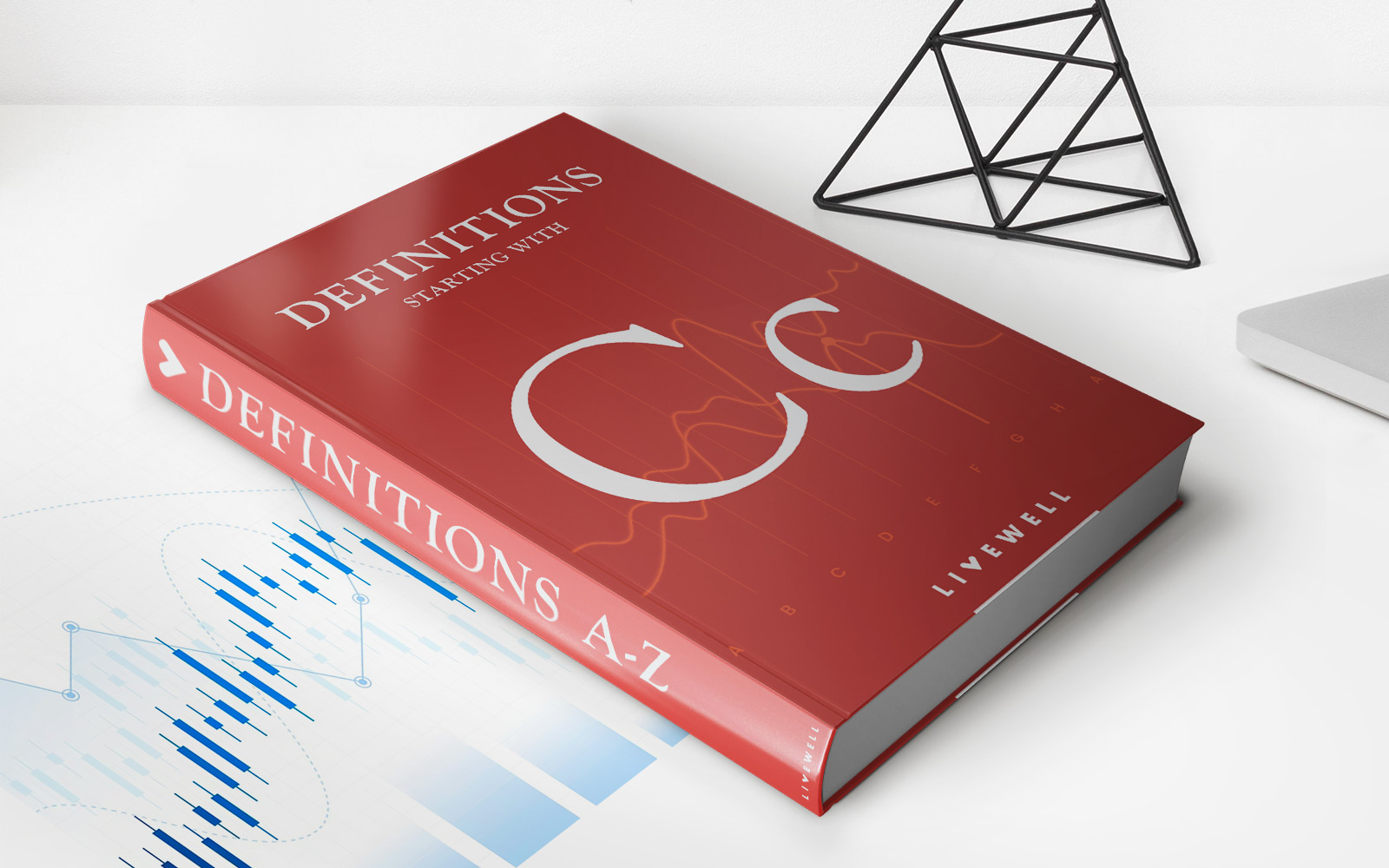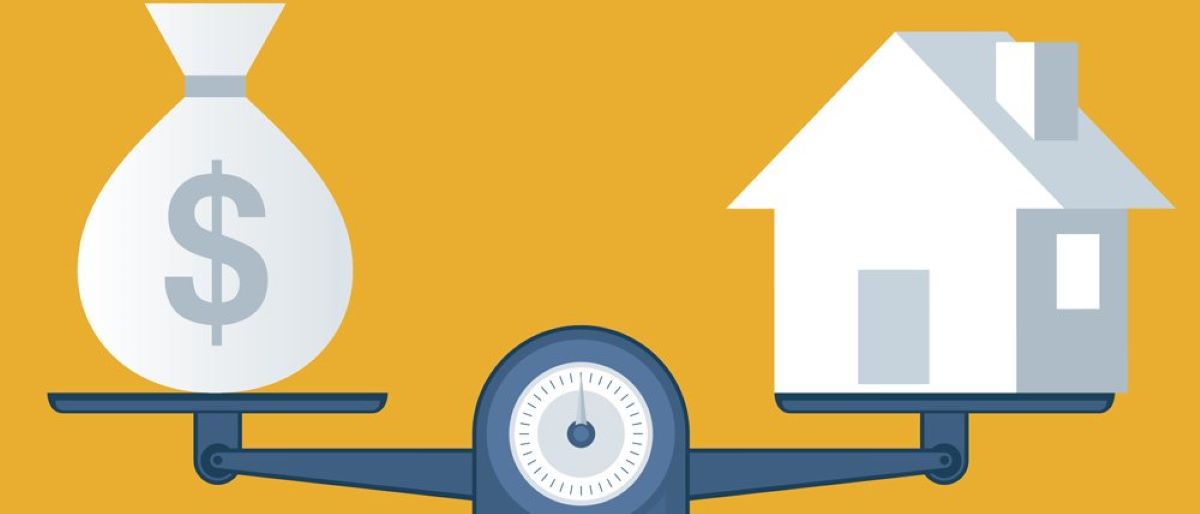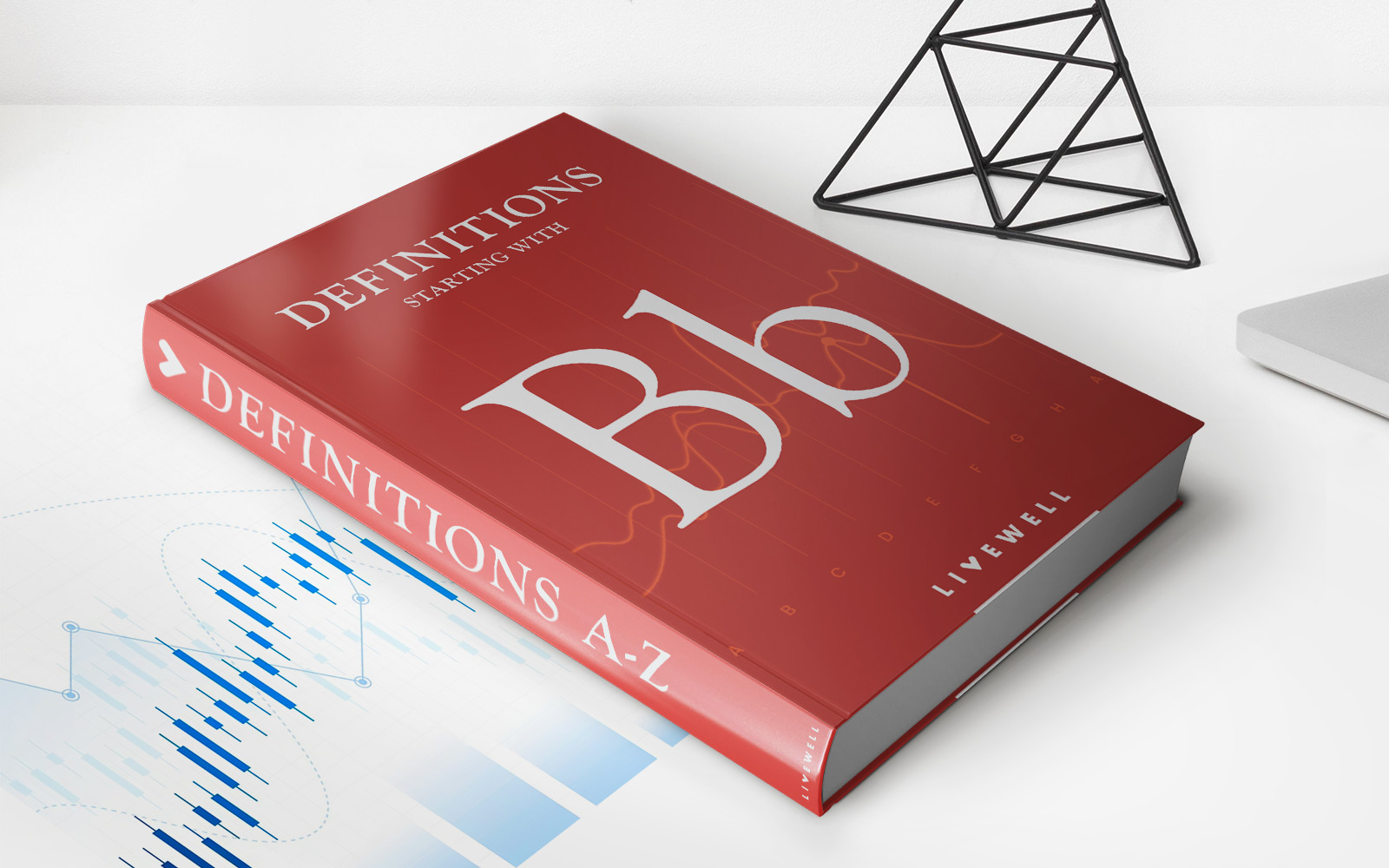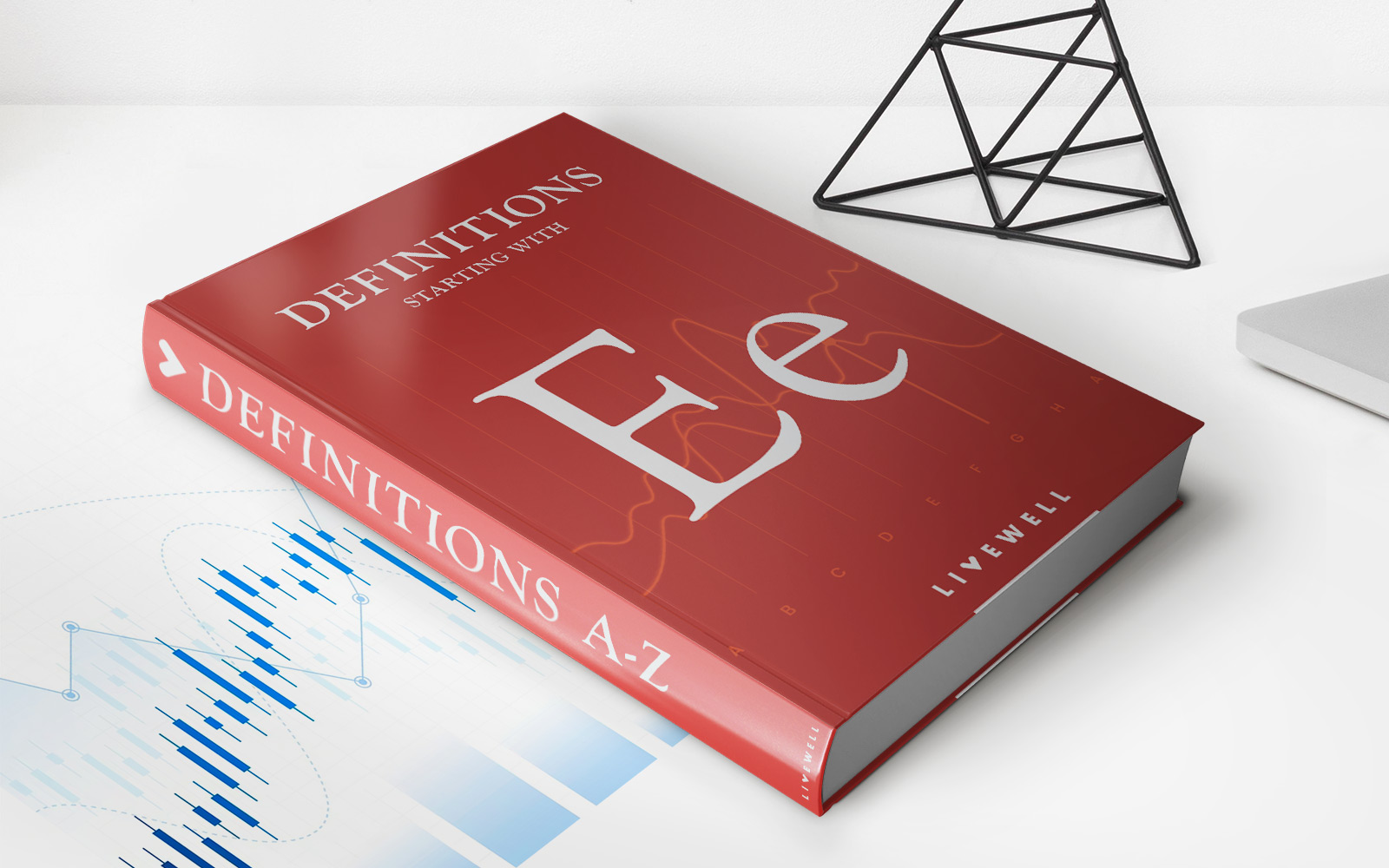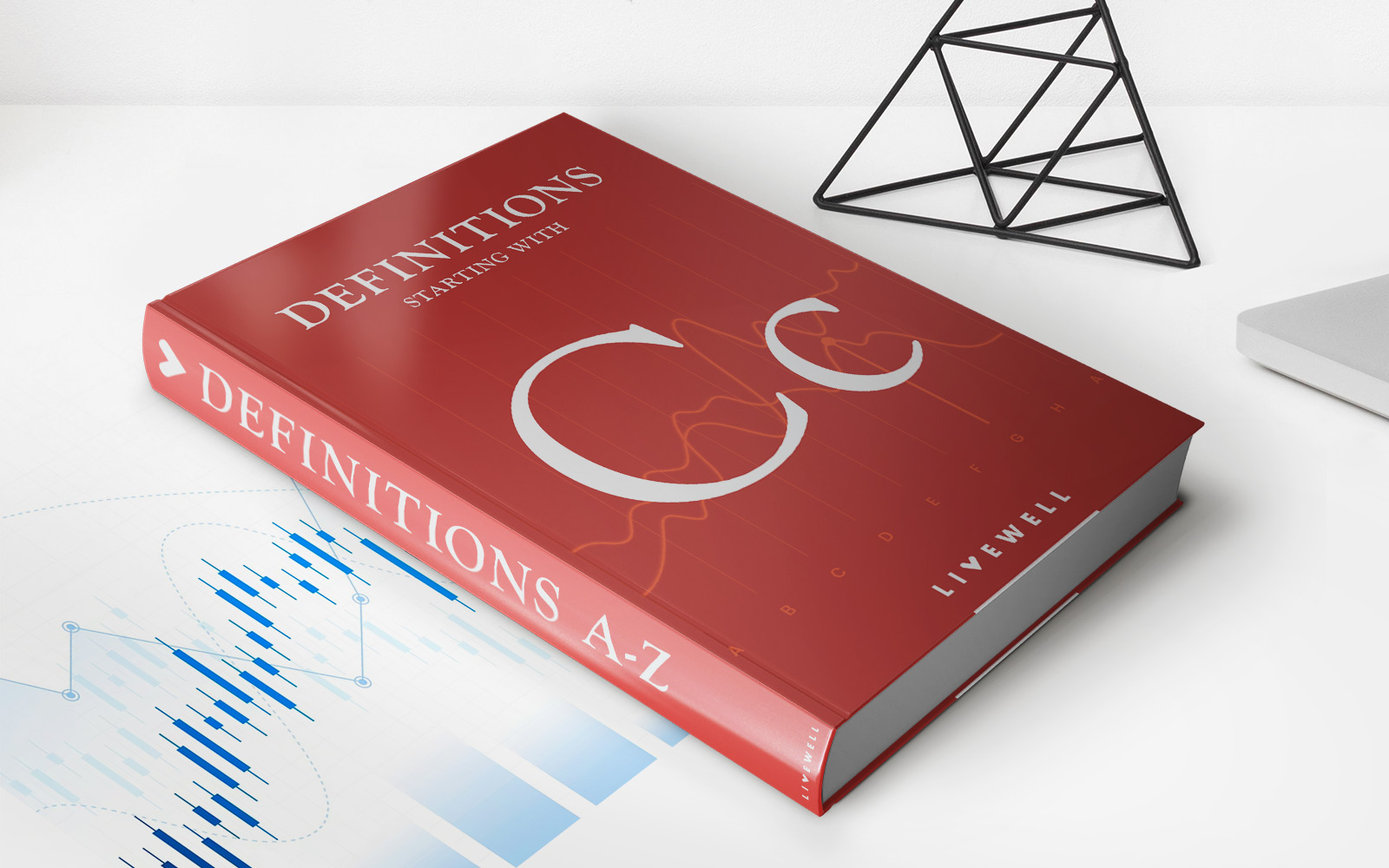Home>Finance>Which Of The Following Is A Drawback To Permanent Life Insurance?


Finance
Which Of The Following Is A Drawback To Permanent Life Insurance?
Published: October 15, 2023
Permanent life insurance may have a drawback in terms of its high cost and limited flexibility, which can impact your financial planning.
(Many of the links in this article redirect to a specific reviewed product. Your purchase of these products through affiliate links helps to generate commission for LiveWell, at no extra cost. Learn more)
Table of Contents
Introduction
Permanent life insurance is a popular choice for many individuals looking to provide long-term financial security for themselves and their loved ones. Unlike term life insurance, which is in effect for a specific period of time, permanent life insurance provides lifetime coverage and often includes a cash value component. While permanent life insurance offers several advantages, such as lifelong protection and potential cash value growth, it is important to consider the drawbacks as well.
In this article, we will explore some of the drawbacks associated with permanent life insurance policies. Understanding these drawbacks can help individuals make informed decisions when it comes to choosing the right life insurance coverage for their specific needs and financial goals.
It is worth noting that not all permanent life insurance policies have the same drawbacks, as the terms and features can vary between different insurance providers and policy options. However, these drawbacks are commonly encountered in many permanent life insurance policies, and potential policyholders should be aware of them before making a decision.
By exploring the drawbacks of permanent life insurance, individuals can weigh the potential disadvantages against the benefits and make an informed choice based on their unique circumstances.
Lack of Flexibility in Premium Payments
One of the main drawbacks of permanent life insurance is the lack of flexibility in premium payments. Unlike term life insurance, where premiums are often fixed for a specific period, permanent life insurance requires ongoing premium payments throughout the duration of the policy. This means that policyholders must consistently pay premiums, regardless of any change in their financial circumstances.
This lack of flexibility can be a burden for individuals who may face unexpected financial challenges, such as job loss or a decrease in income. In such situations, it may become difficult to maintain the premium payments required by the policy, which can ultimately result in the policy lapsing or losing its value. This inflexibility can be a significant drawback for individuals who require more flexibility in managing their insurance payments.
Additionally, permanent life insurance policies often have higher premium costs compared to term life insurance. This can further limit the flexibility in premium payments, as policyholders may need to allocate a larger portion of their income towards insurance premiums, potentially affecting their ability to meet other financial obligations and goals.
It is important for individuals considering permanent life insurance to carefully assess their financial situation and determine if they have the capacity to consistently pay the premiums required by the policy. Without the ability to maintain the premium payments, the policy’s benefits and coverage may be at risk.
High Cost of Premiums
Another drawback of permanent life insurance is the high cost of premiums. Permanent life insurance policies generally have higher premiums compared to term life insurance. This is because permanent life insurance provides lifelong coverage and typically includes a cash value component, which adds to the overall cost of the policy.
The higher premiums can make permanent life insurance unaffordable for some individuals, especially those with limited financial resources. The cost of premiums can vary based on factors such as age, health, and the amount of coverage needed. Typically, younger and healthier individuals can obtain lower premiums, while older individuals or those with health issues may face higher premium rates.
Since permanent life insurance policies require ongoing premium payments, it is crucial for individuals to consider whether the premiums fit within their budgetary constraints. Failing to pay the premiums can lead to the policy lapsing or losing its value, negating the benefits of having the insurance coverage in the first place.
It is important for potential policyholders to thoroughly evaluate their financial situation and determine if they have the means to sustain the premium payments throughout the policy’s duration. Additionally, individuals should compare the premiums of different insurance providers to ensure they are getting the best possible rate for their desired coverage.
While the high cost of premiums may be a drawback for some, it is important to note that the expenses associated with permanent life insurance may be justified for individuals who prioritize lifelong coverage and the potential accumulation of cash value.
Accumulation of Cash Value
One of the features that differentiate permanent life insurance from term life insurance is the potential for cash value accumulation. Permanent policies typically include a cash value component, which allows policyholders to build up savings over time within the policy.
While the idea of accumulating cash value may seem enticing, there are some drawbacks to consider. First, the growth of the cash value is often slow in the early years of the policy. This means that it may take several years before the accumulated cash value reaches a significant amount. Additionally, a portion of the premium payments goes towards covering administrative fees and other costs, which reduces the amount of money that actually contributes to the cash value.
Another drawback is that the cash value accumulation is often tied to the performance and returns of the insurance company’s investments. If the investments do not perform well, the cash value growth may be limited. This introduces a level of uncertainty and risk when it comes to the potential growth of the cash value.
It is important to note that accessing the cash value in a permanent life insurance policy is not always straightforward. Policyholders may need to meet certain criteria or go through a process to borrow against or withdraw from the cash value. Furthermore, any loans or withdrawals may have an impact on the death benefit, potentially reducing the amount that beneficiaries would receive.
While the ability to accumulate cash value can be a beneficial feature for some individuals, it is important to evaluate whether the potential growth of the cash value justifies the higher premiums associated with permanent life insurance policies. Additionally, individuals should carefully consider the accessibility and terms surrounding the use of the cash value to ensure it aligns with their financial goals and needs.
Duration of Policy
The duration of a permanent life insurance policy is another important factor to consider when evaluating its drawbacks. As the name suggests, permanent life insurance provides coverage for the entire lifetime of the insured as long as the premiums are paid. While this may sound advantageous, it also means that the policy will remain in effect for a significant period.
One drawback of the long duration is that it can result in higher overall premiums paid compared to term life insurance. Since permanent policies cover the insured for their entire life, the premiums are spread out over a longer period, which can add up to a substantial amount. This can make permanent life insurance less attractive for individuals who only require coverage for a specific period, such as during their working years or until their mortgage is paid off.
Additionally, the long duration can result in a lack of flexibility and the inability to make changes to the policy as circumstances change. For example, as individuals age, their financial needs and responsibilities may evolve. They may no longer require the same level of life insurance coverage or may need to adjust the policy to accommodate changing family dynamics. With a permanent life insurance policy, these modifications may be limited or come with certain restrictions.
It is important to carefully consider the duration of a permanent life insurance policy and how it aligns with your specific needs and objectives. For individuals who prefer flexibility or only require coverage for a specific period, a term life insurance policy may be a more suitable option.
Before committing to a permanent life insurance policy, individuals should thoroughly assess their long-term financial goals, evaluate their insurance needs, and consider whether the duration of the policy aligns with their future plans.
Limited Investment Options
One of the drawbacks of permanent life insurance is the limited investment options available within the policy. While permanent life insurance policies often include a cash value component that can grow over time, the investment opportunities within the policy are generally restricted to those offered by the insurance company.
This limitation means that policyholders do not have the same level of control and flexibility when it comes to investing their cash value compared to other investment vehicles, such as individual retirement accounts (IRAs) or brokerage accounts. The investment options within the policy are typically limited to the insurance company’s predetermined portfolio of investments, which may not align with your specific investment preferences or offer the same potential for growth.
Furthermore, the returns on the investments within a permanent life insurance policy may not be as competitive as those available in the broader financial markets. Insurance companies often prioritize the stability and security of investments, which can result in more conservative investment strategies. While this approach may provide more stability, it may also limit the potential for higher returns.
For individuals who are looking for more control, flexibility, and potentially higher returns on their investments, other investment vehicles outside of a permanent life insurance policy may be more suitable. Consideration should be given to other investment options that offer a wider range of investment choices and the ability to customize a portfolio to fit specific financial goals and risk tolerance.
It is important to carefully assess the investment options available within a permanent life insurance policy and determine if it aligns with your investment objectives. If you are seeking more control and flexibility in managing your investments, exploring alternative investment avenues outside of the policy could be a more advantageous approach.
Complexity of Policy Terms
Another drawback of permanent life insurance is the complexity of the policy terms. Permanent life insurance policies can often be intricate and filled with technical language that may be challenging for individuals without a background in finance or insurance to fully understand.
The complexity of policy terms can make it difficult for potential policyholders to grasp the details and nuances of the coverage, including factors such as premium calculations, cash value growth, policy loans, and surrender charges. This lack of understanding can lead to confusion and potential misconceptions about the benefits and limitations of the policy.
Furthermore, the complexity of policy terms can make it harder to effectively compare different policy options from various insurance providers. Without a clear understanding of the terms and provisions, individuals may find it challenging to make well-informed decisions about which policy best suits their needs and offers the most favorable terms.
It is important for individuals considering permanent life insurance to seek guidance from knowledgeable insurance professionals who can help them navigate the complex terminology, explain the policy terms in a clear and concise manner, and provide insights into the potential implications of those terms.
Educating yourself about the basic concepts and terminology of permanent life insurance can also be beneficial. Taking the time to understand key concepts like premiums, death benefits, cash value growth, and the terms associated with borrowing against the policy can help you make more informed decisions regarding your coverage.
By addressing the complexity of policy terms, individuals can ensure that they have a clear understanding of what they are getting into and make well-informed decisions about their permanent life insurance coverage.
Difficulty in Comparison Shopping
One of the challenges associated with permanent life insurance is the difficulty in comparison shopping. Unlike other types of insurance or financial products where pricing and features can be easily compared, permanent life insurance policies can be complex and vary widely between insurance providers.
Each insurance company may have its own set of policy options, features, and pricing structures, making it challenging for individuals to obtain accurate and comparable quotes from different providers. Additionally, the intricate nature of permanent life insurance policies can make it difficult to accurately assess the value and benefits of one policy against another.
When comparing permanent life insurance policies, it is important to consider factors such as the coverage amount, premium costs, cash value growth potential, policy fees and charges, and any additional policy features or riders. However, gathering this information and analyzing it in a meaningful way can be time-consuming and confusing.
Furthermore, insurance agents or brokers who represent specific insurance companies may have biased perspectives and may not provide a comprehensive view of the available options. This can further complicate the process of comparison shopping and make it challenging to find the best policy that fits your specific needs and budget.
One approach to overcoming this challenge is to work with an independent insurance agent or broker who represents multiple insurance companies. These professionals can provide unbiased insights and help you navigate the complexities of different policy options to find the most suitable coverage for your individual circumstances.
Additionally, utilizing online resources and insurance comparison tools can provide a starting point for comparing different permanent life insurance policies. These tools can help you gather quotes and evaluate the features and costs of various policies side by side.
While the difficulty in comparison shopping for permanent life insurance can be a drawback, it is essential to invest time and effort into researching and understanding the available options. By doing so, you can make a more informed decision and secure a policy that aligns with your financial goals and provides the necessary coverage.
Potential for Policy Lapse
One significant drawback of permanent life insurance is the potential for the policy to lapse. Permanent life insurance policies require ongoing premium payments over an extended period. If a policyholder fails to pay the premiums as required, the policy may lapse, resulting in the loss of coverage and potential cash value accumulation.
The risk of policy lapse is particularly notable if a policyholder faces financial difficulties or experiences a change in their financial circumstances. Unforeseen events such as job loss, unexpected medical expenses, or other financial obligations can make it challenging to maintain the premium payments needed to keep the policy in force.
When a policy lapses, the benefits and protection provided by the insurance coverage cease to exist. This can be especially concerning for individuals who have come to rely on the policy for long-term financial stability and protection for their loved ones.
Policyholders should be aware of the consequences and potential loss associated with policy lapse. If a lapse occurs, the policyholder may lose the premiums paid up to that point and may not be able to reinstate the policy at a later date or on the same terms.
To mitigate the risk of policy lapse, it is crucial for individuals to carefully assess their financial situation before committing to a permanent life insurance policy. They should ensure they have the necessary financial means to consistently pay the premiums required by the policy throughout its duration.
Additionally, policyholders should regularly review their policies and make adjustments as needed. Regular evaluation can help identify any potential financial challenges and allow for necessary modifications to ensure the policy remains in force.
It is advisable for policyholders to work with a trusted financial advisor or insurance professional who can provide guidance on managing the policy and help navigate any potential risky situations that may jeopardize its continuity.
By being proactive and vigilant in managing the policy and staying on top of premium payments, individuals can minimize the risk of policy lapse and continue to benefit from the financial protection and potential cash value growth provided by permanent life insurance.

